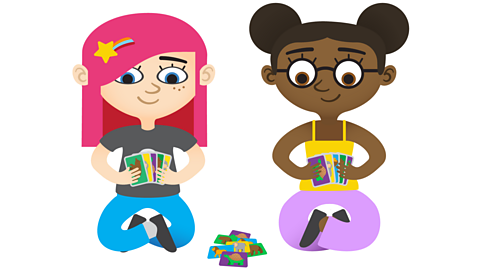How did it begin?

The world wide webA service provided via the internet that allows access to webpages and other shared files. is used to share information between different devices connected to the internet.
It was created in 1989 by Sir Tim Berners-Lee who was working at the CERN laboratories in Switzerland.
He was looking for a way to share information between different computers connected to the internet.
The history of the world wide web
The three protocols of the world wide web

Sir Tim Berners-Lee developed three new protocolA rule or a system that determines how data is transferred between computers on the same network. to make sure that all computers connected to the internet could use the web.
URL (uniform resource locator) : This gives every webpage its own unique address.
HTTP (hypertext transfer protocol) : This controls the way that information is transferred between devices connected to the internet.
HTML (hypertext markup language) : This is a language that is used to create webpages.

The development of HTML
HTML(HyperText Markup Language) A standardised language used to define the structure of webpages. was useful because it meant that people could make additions (markup) to the documents they had already created.
The first version of HTML only contained 16 commands because most webpages only contained text.
Today, HTML (HTML 5) allows webpages to have a mixture of media such as video, sound files, images and text.
We can use a variety of devices to view webpages. HTML can now be used to detect the size of your screen and change the layout to suit it.
Try having a look at this page on a computer or laptop screen, a tablet and a smartphone. Can you notice the difference in the layout?

Personalised adverts on the web
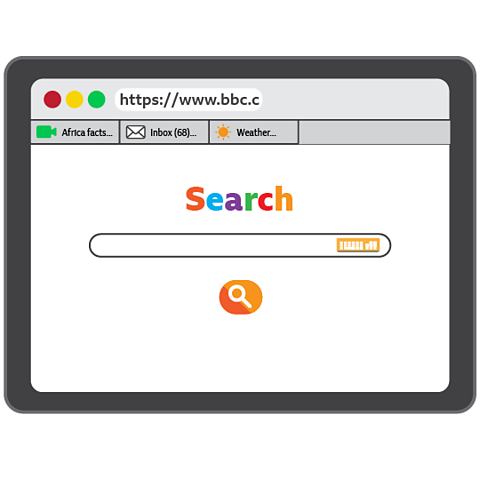
Have you ever searched for a product and then seen an advert for it on a webpage a few days later?
This is because search engines use your searches to select adverts that it thinks will interest you.
When different people view the same webpage on different devices, they may see different adverts.

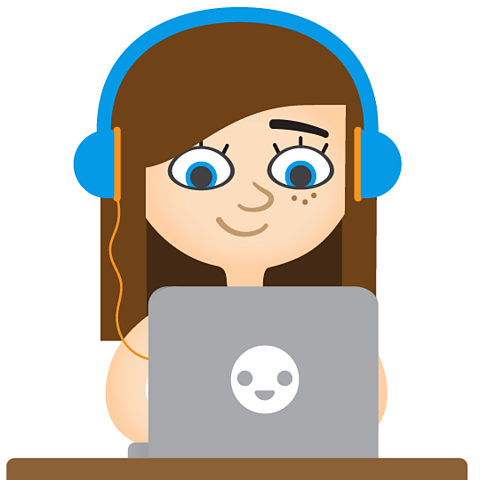
Many businesses use the web to promote their products. They have webpages that you can visit to find out more about their products.
These pages will have hyperlinkText or media that when clicked, takes the user to another specified location (URL). to online stores where you can buy their products. They will also place adverts for their products on other webpages.
The internet of things
In the future, the internet of thingsInterconnected computing devices embedded in everyday objects that use the internet to enable them to send and receive data. will become even more automated.
This means tasks will be completed without any human input.
- Smart fridges will reorder food when it is running low.
- Wearable smart devices will send the data collected straight to your doctor, so it can be analysed if needed.
- Smart speakers that will play your favourite song as you arrive home.
There are many predictions for how the world wide web might develop in the future. Thereis no guarantee that all these predictions will come true. But one thing is certain, the world wide webis here to stay.
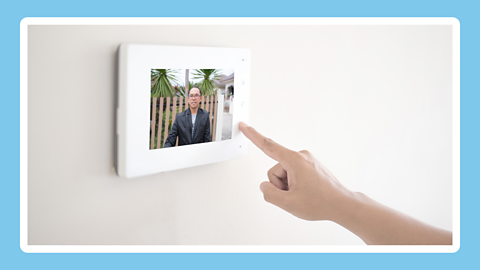
Image caption, Doorbell
People can use their smartphones to check who has rung their doorbell when they are not at home.
Image caption, Heating
People can turn their heating on before they get home so their house is warm.
Image caption, Change batteries
Devices can let you know when their batteries need changing.
1 of 3
Activities
Computing - Dance Mat Typing. gameComputing - Dance Mat Typing
Build and test your computing skills with different levels of touch type challenges

More on Computer science
Find out more by working through a topic
- count24 of 24
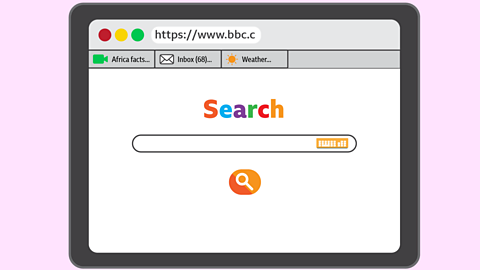
- count1 of 24
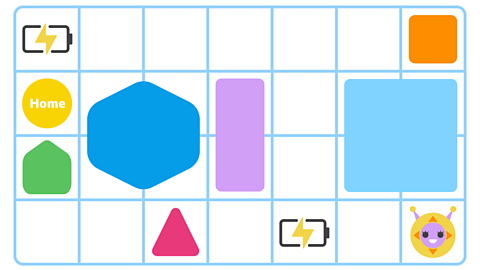
- count2 of 24

- count3 of 24
